Alas, I have not put any major work into the Pi/Tri engine and games for some time. My last big changes to the engine were in the end of 2014, and I did a little work on a game idea in June 2015. Soon after that I got a job, and I haven’t been much in a programming mood since. Some things have changed since I last posted, so I decided to talk about those.
Pi/Tri now uses GTK (The GNU Image Manipulation Program Toolkit) as its GUI framework instead of the Windows ‘Forms’ system. This primarily affects the design of the editor:
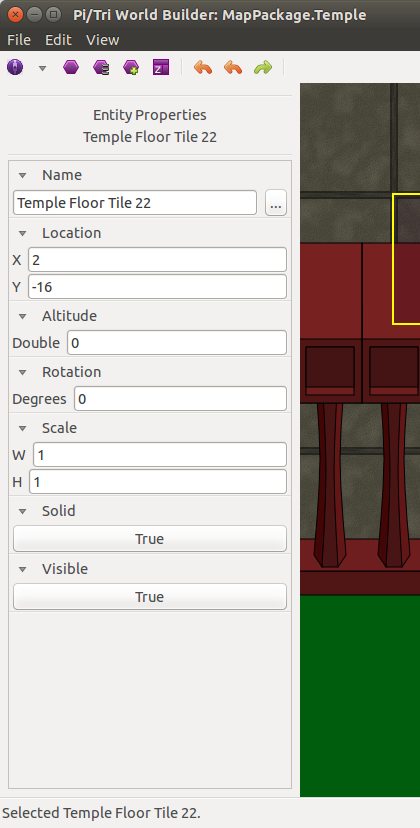 The Pi/Tri Editor now sports a more structured interface, with a fixed-width toolbox window on the left side and the main editing screen on the right. A montage of many of these toolboxes below:
The Pi/Tri Editor now sports a more structured interface, with a fixed-width toolbox window on the left side and the main editing screen on the right. A montage of many of these toolboxes below:
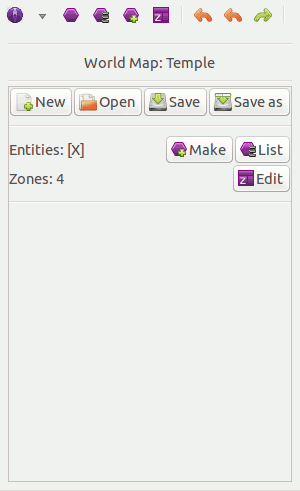 The packager as well as resource editing screens are now integrated into the main screen instead of opening in new windows. One reason why this was done was to help with the way the OpenGL rendering is accomplished in widows like image resource editing.
The packager as well as resource editing screens are now integrated into the main screen instead of opening in new windows. One reason why this was done was to help with the way the OpenGL rendering is accomplished in widows like image resource editing.
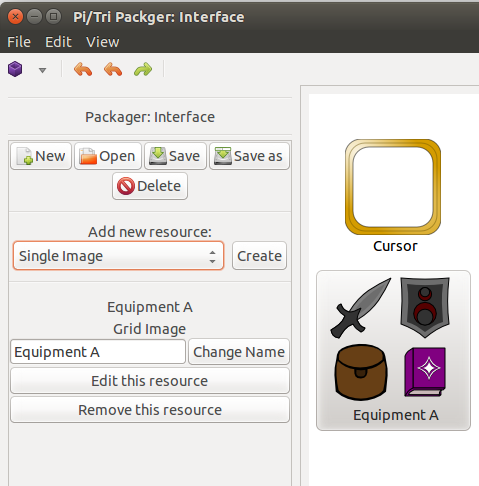 The editor also now supports undo/redo. Anything that changes the contents of a map (add, move, delete, change a property) has an ‘edit action’ associated with that has enough information to put things back if undo is invoked.
The editor also now supports undo/redo. Anything that changes the contents of a map (add, move, delete, change a property) has an ‘edit action’ associated with that has enough information to put things back if undo is invoked.
Looks like everything else was ‘under the hood’ kind of stuff, just cleaning up code and fixing bugs.
I might post soon explaining my Pi/Tri arch-nemesis: occlusion sorting.

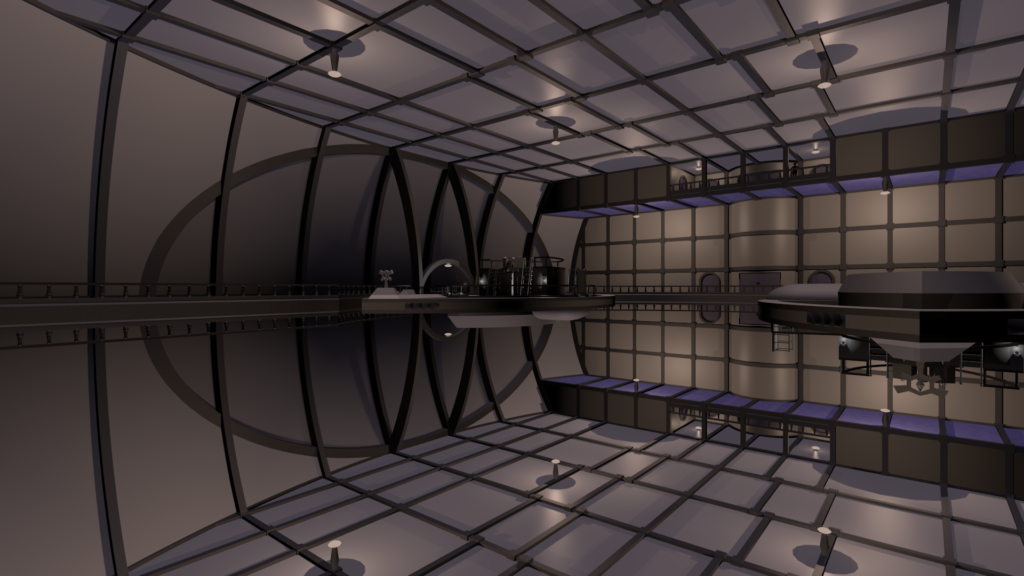
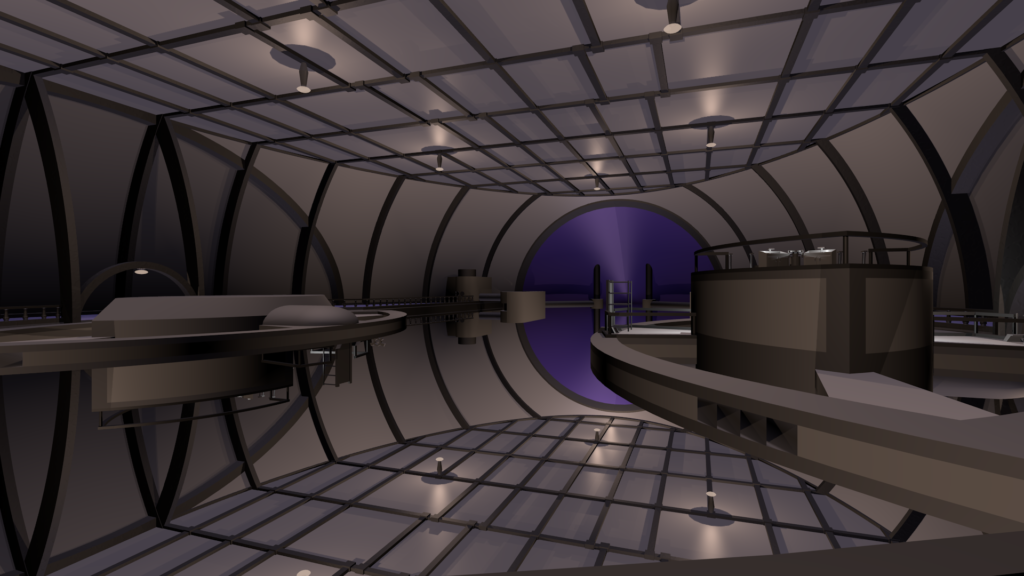
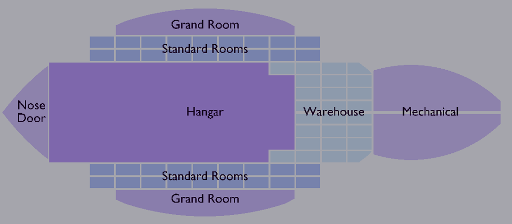



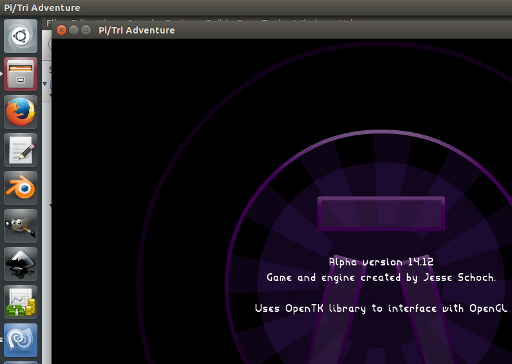
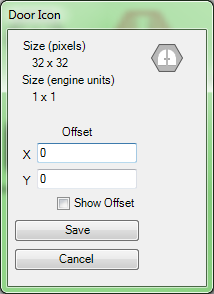
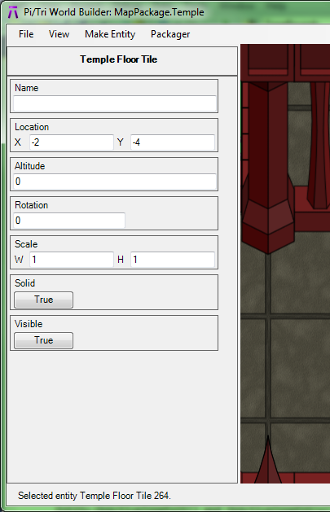
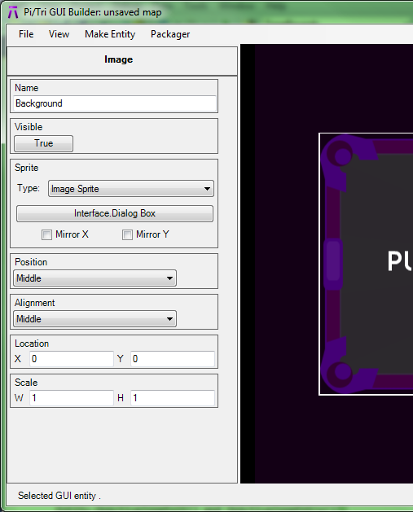
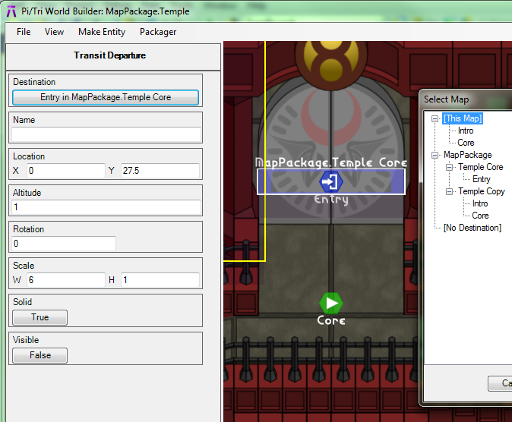
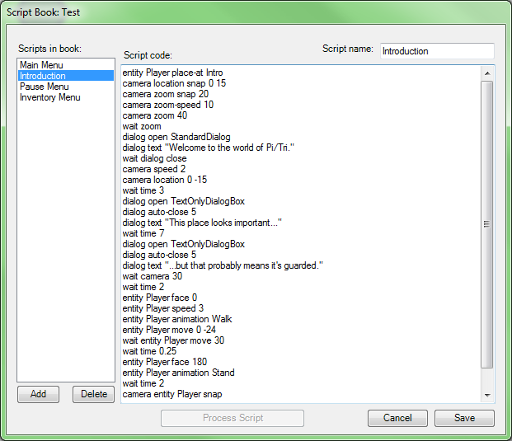
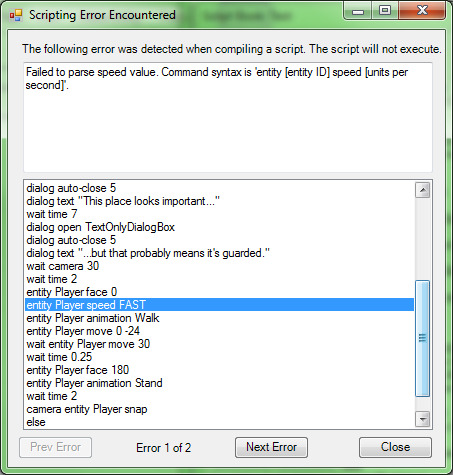
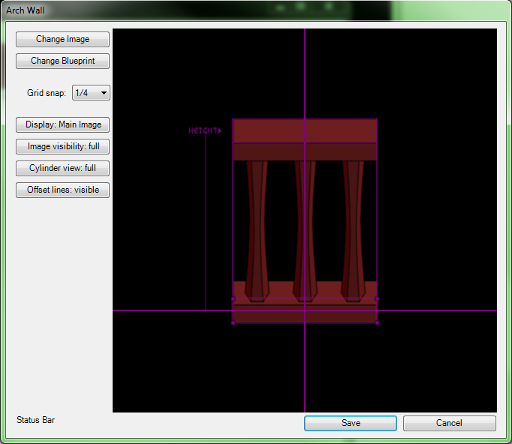
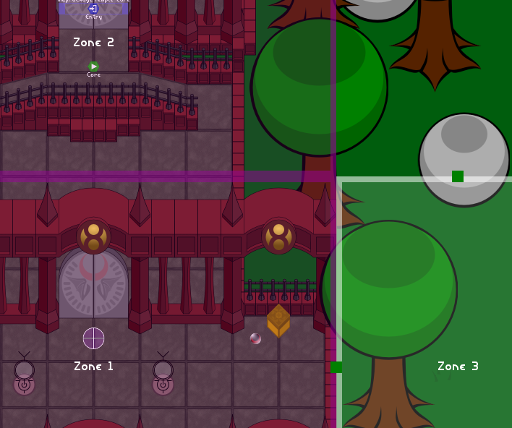
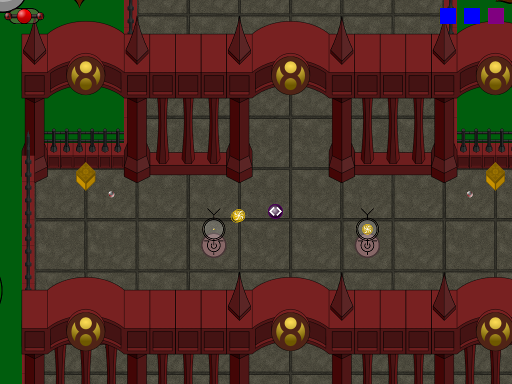
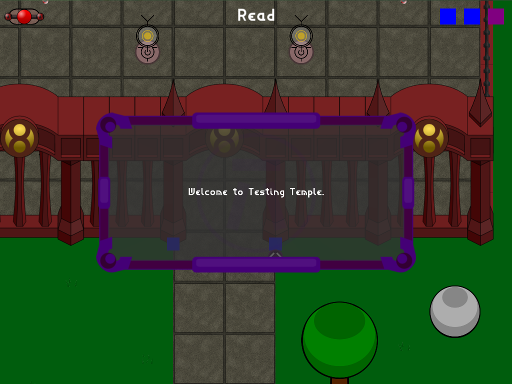
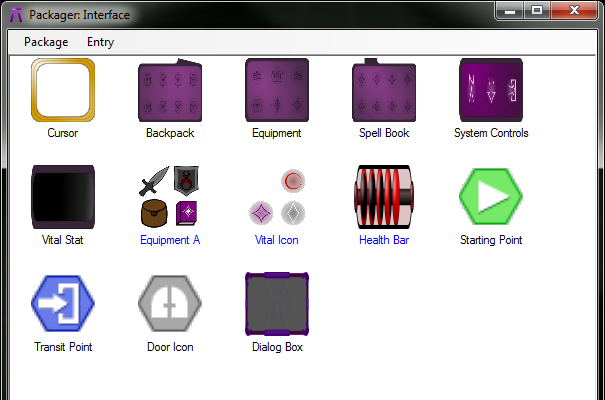
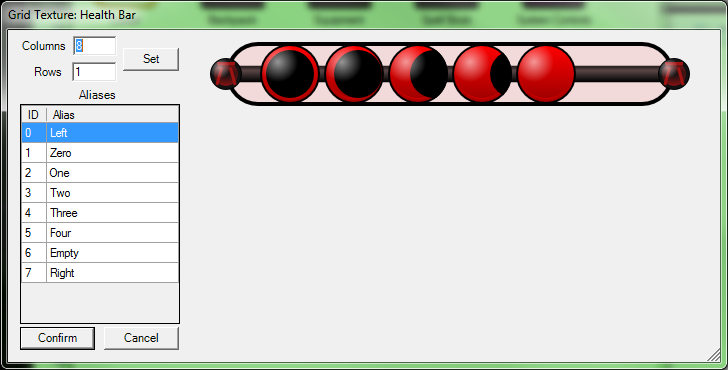
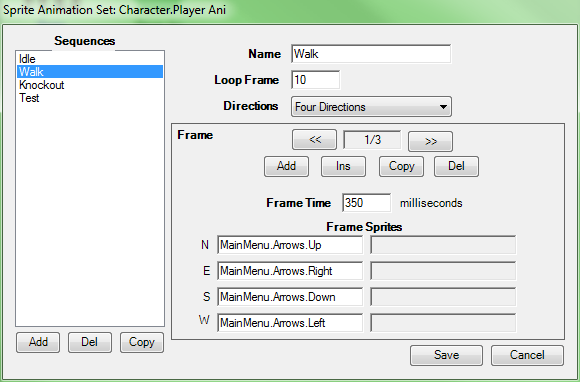
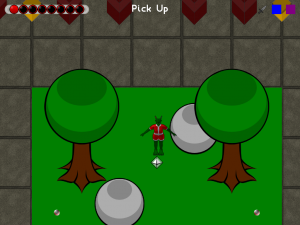
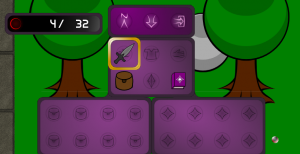
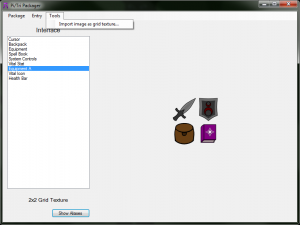
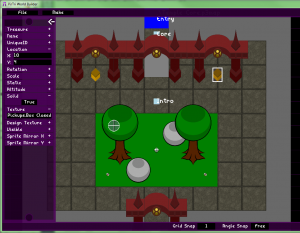
 Download it here
Download it here